Pre-Winter Vehicle Care A-Z
Preparation Can Bring Peace of Mind
Get ready for winter and a hectic holiday season by getting your vehicle prepared. Proper vehicle maintenance will go a long way toward handling the snow, sleet, ice and slush that’s sure to come. So, as winter approaches, take a few minutes to check your vehicle from A to Z. And make sure you’re geared up for those extra hassles the season may throw your way.
• AIR FILTER | Check the engine air filter. If it’s dirty, replace it. This is how your engine breathes.
• BATTERY AND CHARGING SYSTEM | Have a trained technician run this test to determine if your battery is fully charged, able to start a cold engine.
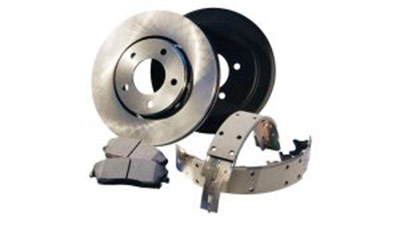
• BRAKES | Applying the brakes should be a noise-free, shudder-free experience that slows your vehicle smoothly and quickly. If you hear or feel anything out of the ordinary, have your brakes checked by a trained technician.
• BATTERY CABLES AND TERMINALS | The large wires attached to the two poles of your battery are very important. They should be tightly connected and free from corrosion.
• DRIVE BELTS | With the engine off, look at the accessory drive belts. If they’re cracked or frayed, they may need to be replaced. In any case, follow your vehicle’s recommended replacement schedule.
• ENGINE HOSES | Cooling system hoses that connect the engine to the radiator or other parts should be checked for cracking or leaking. Make sure all connections are tight. Brittle or too soft hoses likely need to be replaced.
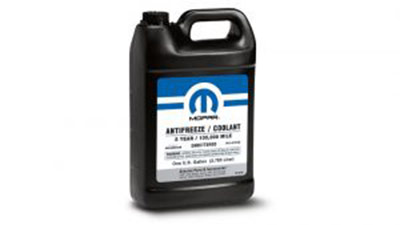
• FLUIDS (COOLANT, WINDSHIELD WIPER FLUID, BRAKE, OIL, TRANSMISSION AND FUEL) | Make sure all fluids are filled to appropriate levels, changed according to the manufacturer’s recommended schedule, and the right color and consistency. This goes for your vehicle fuel, too. In winter, make it a habit to fill up when your tank reaches half full.
• GLASS | The windshield should be free of chips and easy to see through when clean. Chipped glass will further spread and crack over time.
• HEATER | Turn on the heat, try different modes and fan speeds and check the vents. Hot air should be flowing freely.
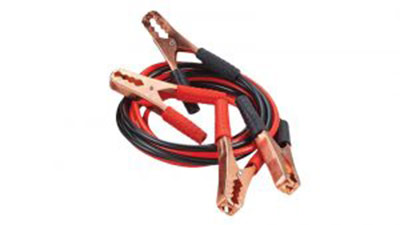
• IGNITION | Starting a vehicle should be a one-press or one-turn event, resulting in the engine coming to life. Every time. Anything less than this deserves a review by a trained technician.
• JUMPER CABLES | If you don’t need a jump start, someone else likely will. Follow safe procedures for jump-starting a vehicle, including attaching the cables correctly.
• KEYLESS ENTRY | If unlocking your vehicle with a key fob seems only to be occurring over a shorter distance or if it requires a more forceful button push, it might be time for new batteries for the key fob.
• LIGHTS | Have a friend help you safely check every headlight, taillight, brake light, turn signal, emergency flasher and back-up light. Replace any non-working bulbs or have a trained technician perform this for you.
• MILEAGE/ODOMETER | Check your vehicle’s mileage and compare it against the manufacturer’s scheduled service plan. If it’s close to a recommended service, get it done now.
• TIRE PRESSURE | Check the tire pressure on every tire, including the spare (the proper pressure level amounts will be in your owner’s manual or on a sticker inside the driver’s door on the jamb). Not only will you ensure your spare is properly inflated when you need it, but you’ll be prepared on how to access the spare.
• SPARE WHEEL/TIRE | Make sure it’s there, properly mounted and inflated to the right pressure, and all the wheel-changing tools are in place, ready to go.
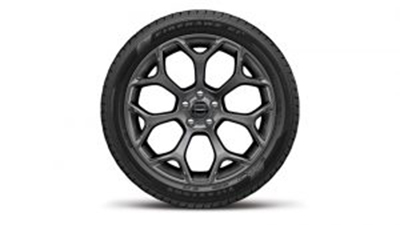
• TIRES | Tires should be properly inflated and in good condition (wearing evenly, no foreign objects, etc.). If there’s less than 3/32” of tread left, it needs to be replaced. Consider winter wheels and tires if you live in an area that experiences significant snowfall resulting in slippery roads.
• WIPER BLADES | When used in rain or with windshield wiper fluid, running the wipers should result in completely clear glass following each pass. Streaks or lines may indicate a worn blade; it should be replaced.
• X AS IN 4X4 | If a vehicle is so equipped. On the right surface, manually activate (if possible) your four-wheel drive system. Or have a trained technician examine and test the system for you.
GEAR TO KEEP IN YOUR VEHICLE
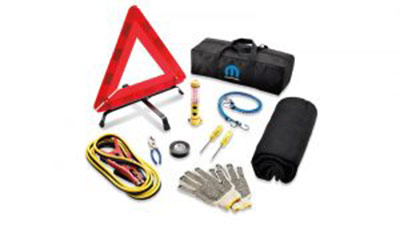
- Ice Scraper
- Jumper Cables
- Extra Gloves or Other Winter Apparel
- Shovel
- Sand or Kitty Litter (for weight on rear-wheel-drive vehicles or for traction)
- De-icer
- All-Weather Mats
- Vehicle Safety Kit (warning sign, flashlight, tools, emergency blanket)
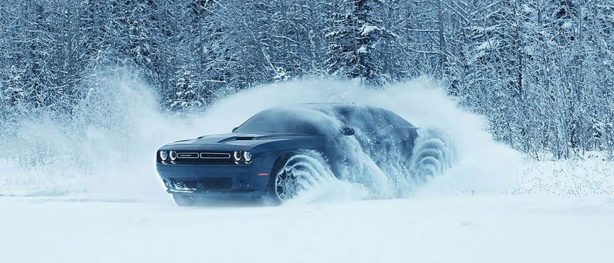
0 Comments